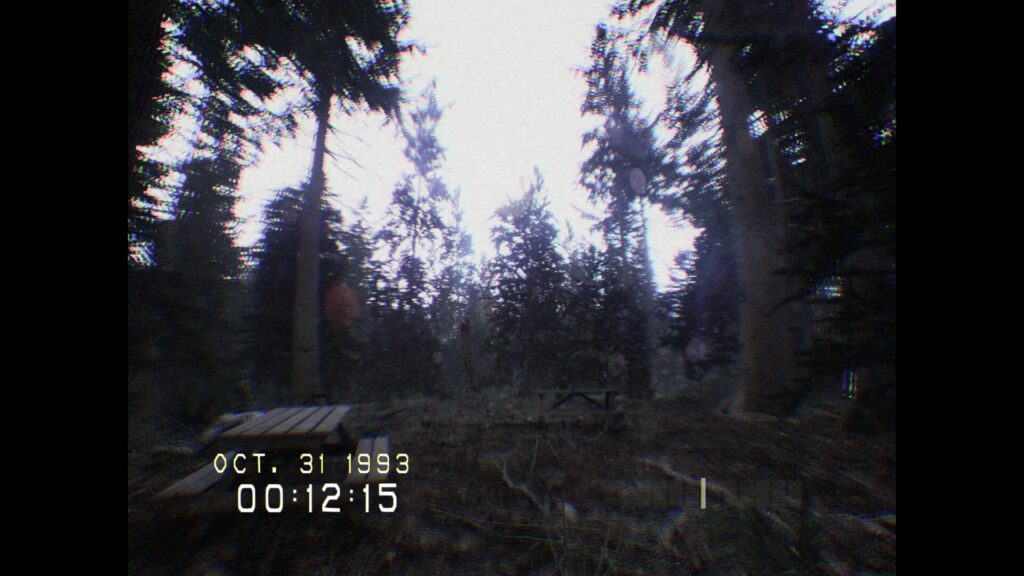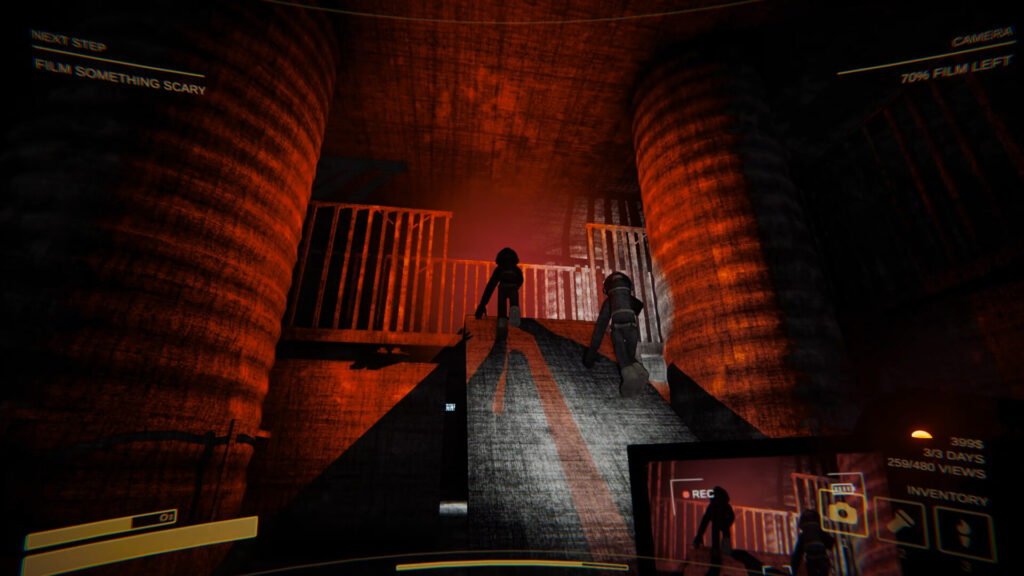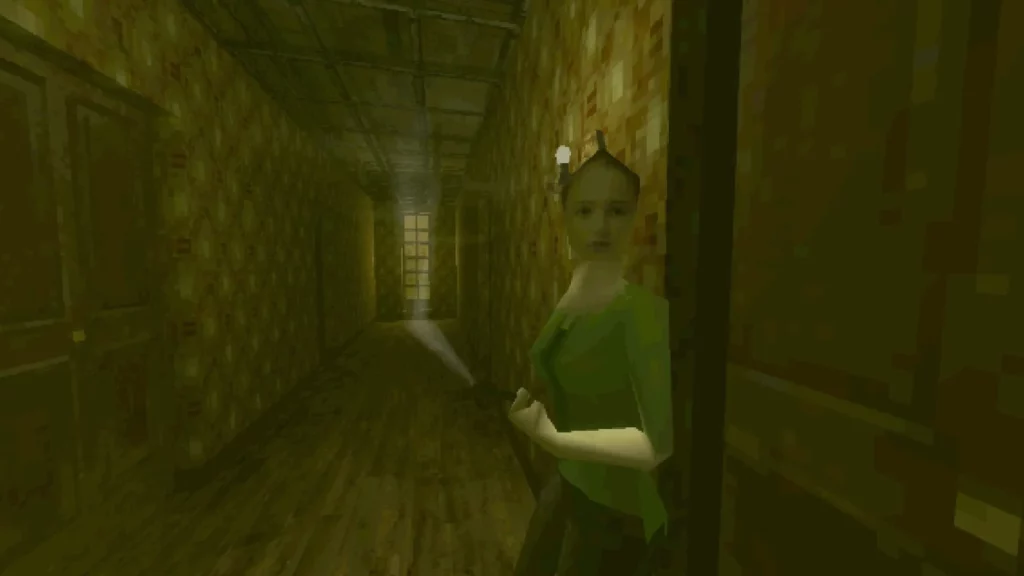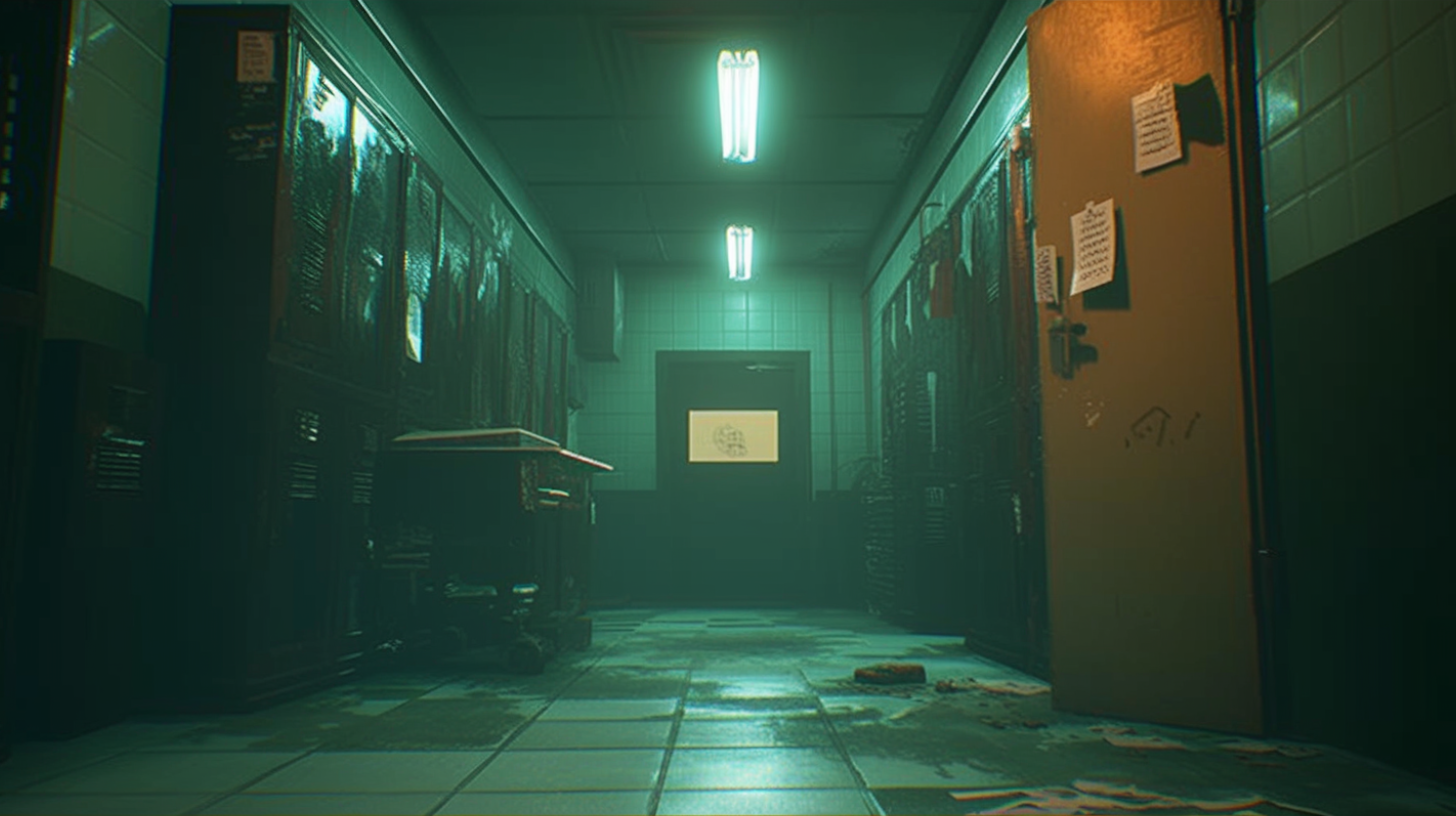In the realm of horror games, the art style plays a pivotal role in shaping the player’s experience, setting the tone, and eliciting emotional responses. From the chilling realism of post-apocalyptic landscapes to the whimsical stylization of grotesque creatures, each art style offers a unique lens through which to explore the depths of fear and terror. In this exploration, we delve into four distinct art styles commonly employed in horror games: realism, stylization, retro aesthetics, and surrealism. Each style brings its own set of pros and cons, offering developers a rich palette of creative possibilities to craft immersive and unforgettable experiences for players. Join us as we journey through the eerie landscapes, encounter terrifying monsters, and unravel the mysteries lurking within these hauntingly beautiful worlds.
Realism

Realism in horror games aims to replicate real-world environments and characters with high fidelity, detail, and accuracy. This art style immerses players in believable and immersive experiences, heightening the sense of dread and tension. Pros include the ability to evoke a strong emotional response from players by creating environments and characters that feel lifelike and relatable. Additionally, realism allows for the utilization of advanced graphical techniques and technologies to enhance immersion. However, the development of realistic assets can be time-consuming and resource-intensive, requiring significant investment in art assets and rendering technologies. Furthermore, realism runs the risk of falling into the uncanny valley, where overly realistic characters and environments can evoke feelings of discomfort or unease in players.
Stylized

Stylized horror games use exaggerated, abstract, or unconventional art styles to evoke specific emotions or themes. This approach allows developers to create visually striking and thematically cohesive experiences that stand out from more traditional horror games. Pros include the ability to experiment with unique art styles and aesthetics, fostering creativity and innovation. Stylized art styles also tend to age well and can maintain their visual appeal over time. However, stylization may not appeal to all players, and finding the right balance between stylization and believability can be challenging. Additionally, stylized art styles may lack the level of immersion and realism that some players seek in horror experiences.
Retro

Retro horror games draw inspiration from classic gaming aesthetics, such as pixel art, low-poly models, and limited color palettes. This art style evokes nostalgia and pays homage to the look and feel of older horror games, creating a sense of vintage charm and authenticity. Pros include the ability to tap into players’ nostalgia for classic gaming experiences and create unique and memorable visual aesthetics. Retro art styles are also often less resource-intensive, making them accessible to indie developers with limited budgets. However, retro aesthetics may limit the scope of visual fidelity and detail compared to more modern art styles. Additionally, the appeal of retro art styles may be limited to players who appreciate nostalgic references and retro gaming aesthetics.
Conclusion
In the dark and twisted world of horror games, the art style serves as a powerful tool for evoking fear, tension, and suspense. Whether it’s the chilling realism of a post-apocalyptic wasteland, the whimsical stylization of a nightmare realm, the nostalgic charm of a retro-inspired adventure, or the surreal madness of a twisted dreamscape, each art style has the potential to captivate players and leave a lasting impression. As developers continue to push the boundaries of creativity and innovation, we can expect to see even more diverse and imaginative art styles emerge, offering new ways to terrify and delight players in equal measure. So, as you embark on your next journey into the heart of darkness, remember to keep an eye out for the artistry that lies behind every shadow and every scream.

